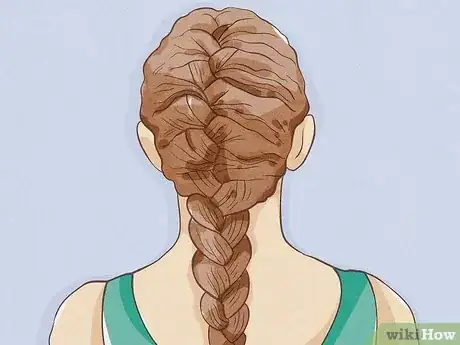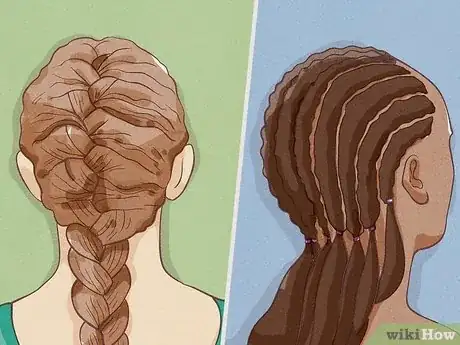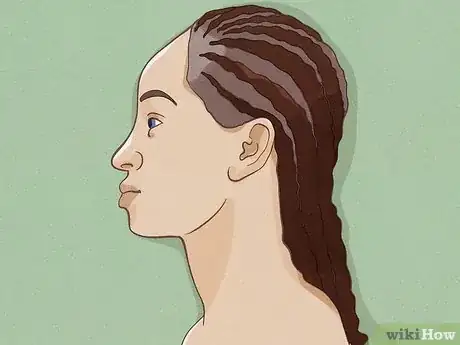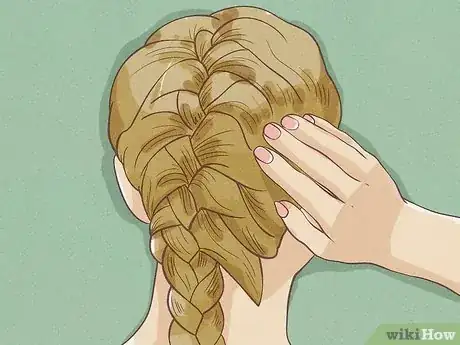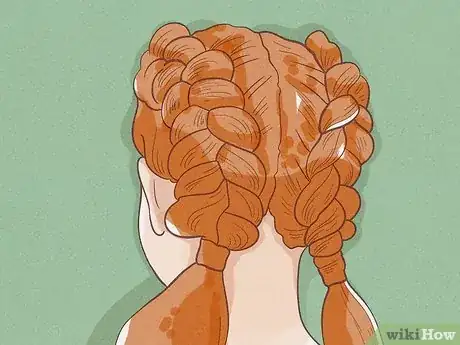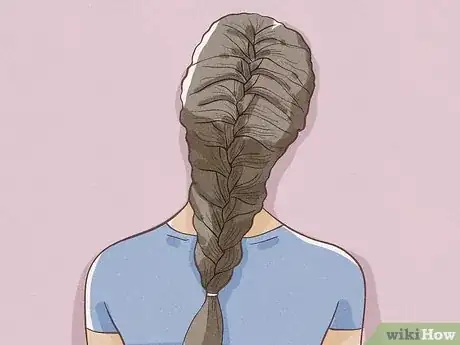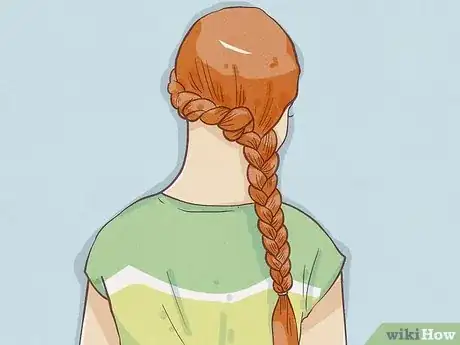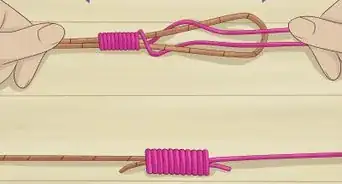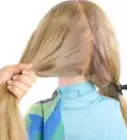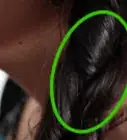This article was co-authored by Ndeye Anta Niang and by wikiHow staff writer, Aly Rusciano. Ndeye Anta Niang is a Hair Stylist, Master Braider, and Founder of AntaBraids, a traveling braiding service based in New York City. Ndeye has over 20 years of experience in African hair including braiding box braids, Senegalese twists, crochet braids, faux dread locs, goddess locs, kinky twists, and lakhass braids. Ndeye was the first female of her tribe in Africa to move to America and is now sharing her knowledge of African braids passed on from generation to generation.
This article has been viewed 3,128 times.
You’re watching TV when someone says “plait.” But that can’t be right—they’re gesturing to a braid. Well, what if we told you the terms aren’t as different as they may sound? We’ve explained the similarities between plaits and braids in this article (plus included plenty of cute hairstyles). So, keep reading to find out what someone means when they say “plait” or “braid.”
Things You Should Know
- Braids and plaits are technically the same hairstyle, but the term you use depends on where you live.
- In the United States, people say “braid,” while “plait” is used in the United Kingdom.
- The terms can be used as nouns or verbs, depending on if you’re referring to a hairstyle or styling technique.
Steps
References
- ↑ https://dictionary.cambridge.org/us/dictionary/english/braid
- ↑ https://dictionary.cambridge.org/us/dictionary/english/plait
- ↑ https://dictionary.cambridge.org/us/dictionary/english/cornrow?q=cornrows
- ↑ https://www.msccollege.edu/blogs/hair/the-different-types-of-braiding-techniques/
- ↑ https://www.msccollege.edu/blogs/hair/the-different-types-of-braiding-techniques/
- ↑ https://www.byrdie.com/crochet-braids-5082278
